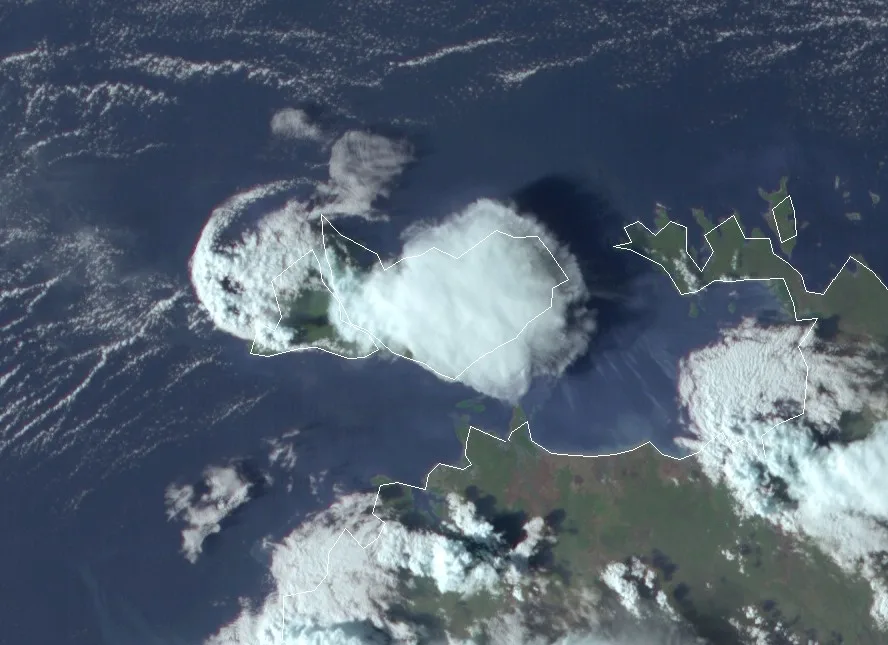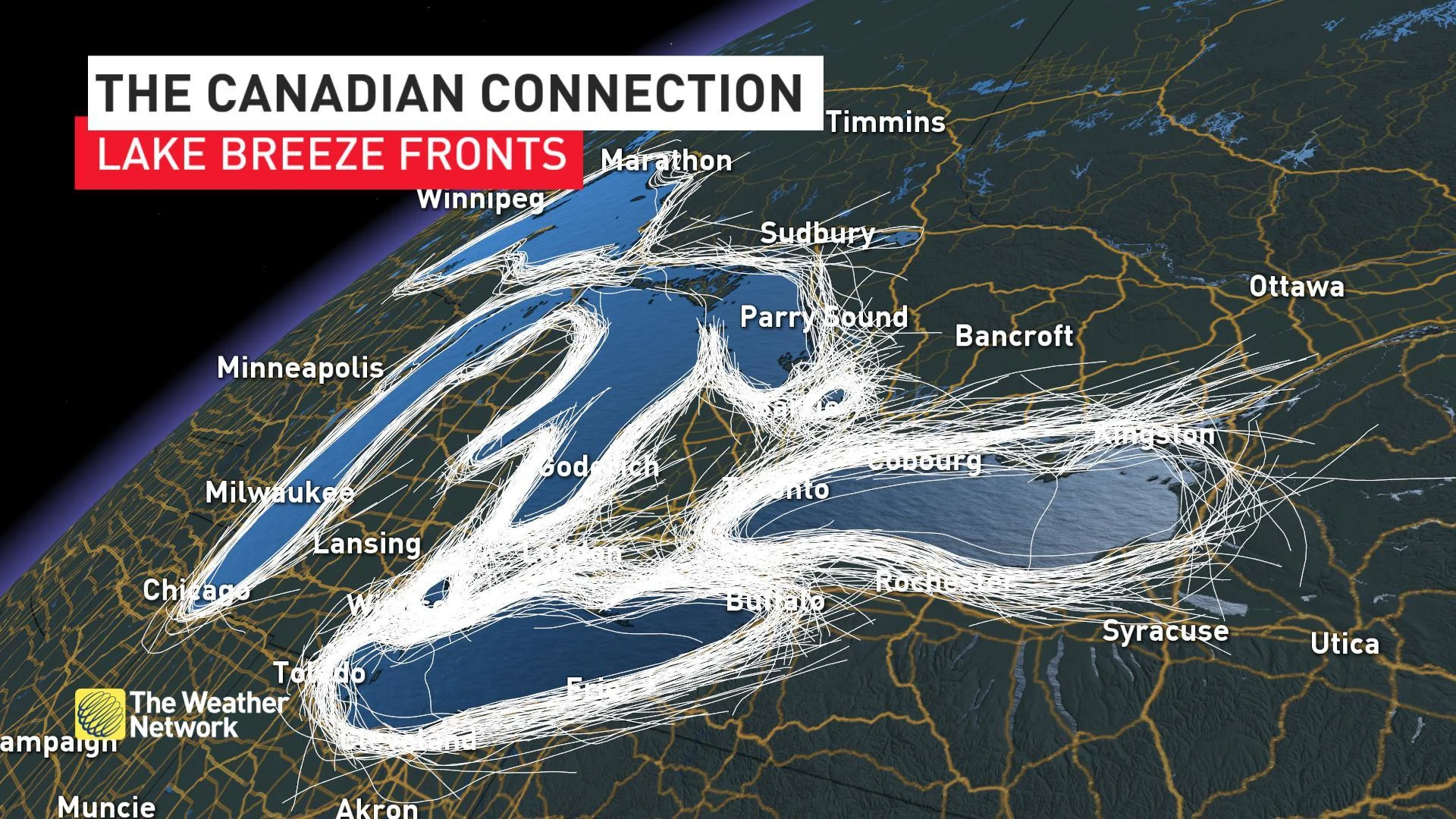
Meet Hector, the massive thunderstorm that shows up every day
Meteorologists give names to large storms with wide impacts -- like tropical cyclones and, in some cases, massive winter storms -- to help make communication easier. If you have several active tropical storms, for instance, you want to be sure everyone knows which one you're discussing.
But there are a handful of smaller-scale storms that earn names, too. Australia's Northern Territory is home to just such a storm -- Hector the Convector.
Named by locals, Hector forms every day like clockwork over the Tiwi Islands off of Australia's north coast. Each afternoon between September and December, right about 3 p.m., Hector pays a visit to Melville and Bathurst Islands in the form of an explosive thunderstorm that can be seen as far away as Darwin, some 100 kilometres to the south.
According to the Australian Bureau of Meteorology (BoM), the islands are the perfect breeding ground for convection. Bathurst and Melville both have a pyramidal shape, and afternoon sea breezes rush onshore and collide above the 'pyramid's point.' The result is not unlike what happens in southern Ontario when lake breeze fronts collide; air masses crash together, and there's no way to go but up.

In the case of Hector, this 'up' can be as high as 20 km, as the convective storm cell towers over the islands, blasting right through the tropopause.
While the cell doesn't take the exact same form every day (sometimes there are two distinct thunderheads, some days there's just one massive cell), the process that forms it is the same.
On days with a single potent cell, like the one captured on satellite above, you can also see the sharp outflow boundary that blasts out from the storm -- in the shot above it looks like a cloud arrow shooting out to the left of the storm. These boundaries form from the cold downdrafts on the underside of the storm.
Legend has it Hector was named by pilots travelling between Darwin and Papua New Guinea during World War II. The storm is such a regular sight in the sky north of Darwin, it served as a useful landmark for navigation.
Hector's predictable nature makes it a prime target for thunderstorm researchers, who can rely on the storm to put on a show every day. According to the BoM, the storm is one of the most-studied on Earth.
Sources: Bureau of Meteorology |









